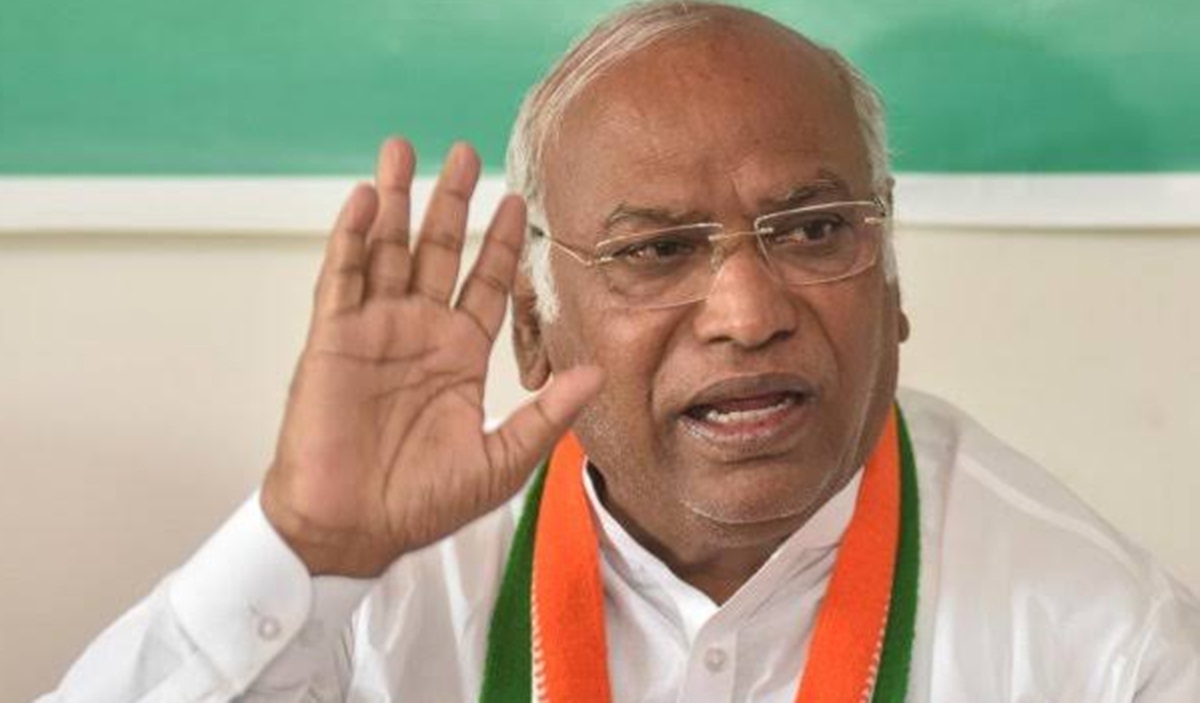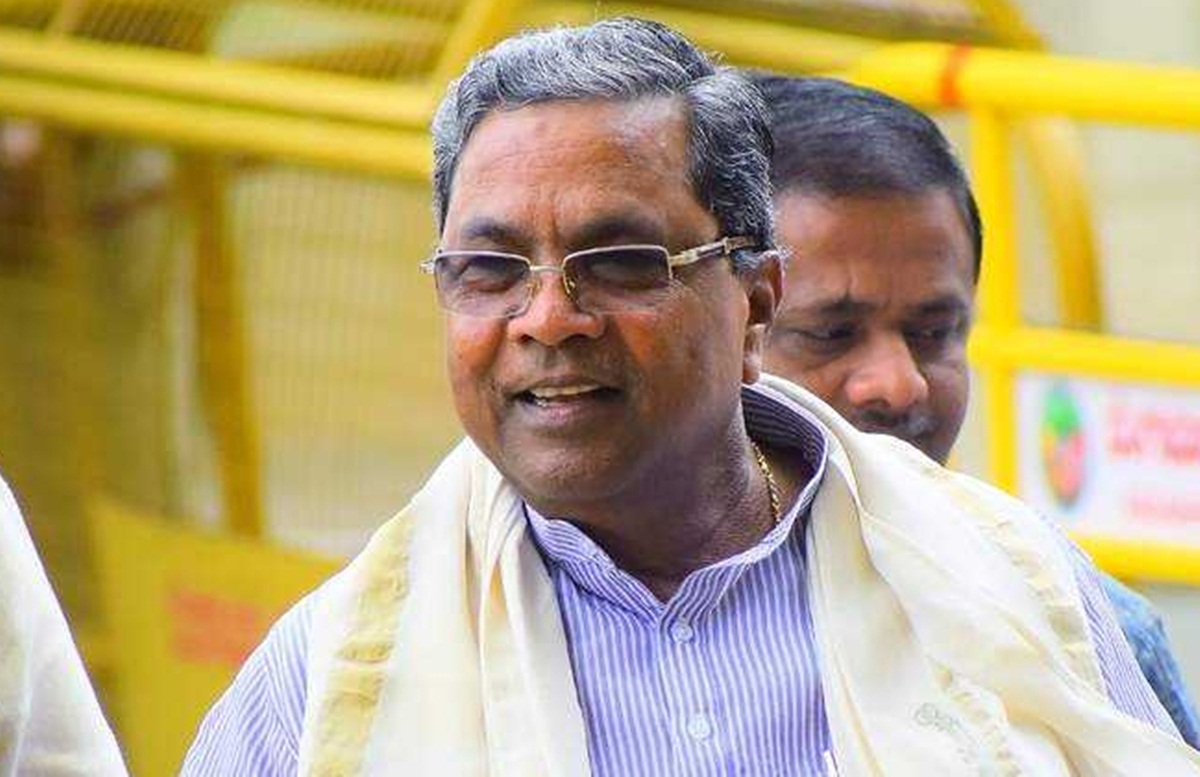X: @prashanthamine
Mumbai: As Maharashtra goes to polls on November 20, what seems to be a talking point amongst voters is the significant decadal increase & decrease in voter registration noticed in 171 assembly constituencies spread over 10 districts of Maharashtra.
What raises eyebrows further is that in October last month, in a span of 15 days between October 15 data to October 30 data, the increase and decrease in some assembly constituencies is in the range of 10,723 plus voters in Nalasopara assembly constituency to minus 43,299 voters in Ulhasnagar assembly constituency.
The total registered voters in all the 288 assembly constituencies on October 15 were 9,63,69,410. This increased by 6,55,709 to 9,70,25,119 registered voters by October 30.
The most significant increase in voter registration within a fortnight in October last month was observed in Nalasopara assembly constituency where the voter registration saw an increase of 10,723 voters from 5,97.803 to 6,08,526 voters. Another significant increase was noticed in Khadakwasla assembly constituency where the voter registration saw an increase of 10,001 voters from 5,66,504 to 5,76,505 voters.
Marginal increase in voter registration was noticed in Katol assembly constituency where the voter registration saw a nominal increase of just 301 voters, from 2,81,066 voters to 2,81,367 voters. Similar nominal increase voters was noticed in Brahmapuri assembly constituency where the voter registration saw a nominal increase of just 407 voters, from 2,75,259 voters to 2,75,666 voters.
But when it comes to analysing decadal increase and decrease in voter registration across the 288 assembly constituencies significant fluctuations have been noticed in data collated between 2014 to 2024.
The 10 districts where the significant decadal increase and decrease has been noticed include – Nagpur, Aurangabad, Nashik, Palghar, Thane, Pune, Mumbai Suburban, Mumbai City, Raigad and Ahmednagar districts.

Significant decadal increase in voter registration between 2014 to 2024 has been noticed in assembly constituencies of – Bhosari 2,44,874 voters, Panvel 2,28,348 voters, Nalasopara 2,12,292 voters and Hadapsar 2,08,843 voters. In all there are 149 assembly constituencies where a significant decadal increase in voter registration between 2014 to 2024 has been noticed.
In contrast a significant decadal decrease in voter registration between 2014 to 2024 has been noticed in assembly constituencies of – Ulhasnagar minus 43,299 voters, Dahisar minus 38,681 voters, Dombivali minus 25,209 voters and Andheri West minus 21,650 voters. In all there are 22 assembly constituencies where a significant decadal decrease in registration between 2014 to 2024 has been noticed.
In decades to come elected representatives in some Assembly and Lok Sabha constituencies in the five districts of Mumbai Suburban, Mumbai City, Thane, Raigad & Pune might find it difficult to represent any voters. Or there might not be enough voter population left to elect any Member of Parliament (MP) or a Member of Legislative Assembly (MLA) from these five districts.
This scenario in some constituencies might as well force the authorities to redraw the electoral boundaries of these constituencies to ensure they get adequate representation in the state assembly and the parliament.
Earlier, the migration trend amongst middleclass population from the Mumbai City district to Mumbai Suburban and Thane districts from 1990’s onwards was a matter of concern for political parties and governments. Today that trend is now pushing the middleclass population further away into faraway district of Raigad and even into Pune district. This continuing trend poses serious challenge not just to dynamics of electoral politics, but to overall governance, development issues and maintaining regional balances.
Most significant increase in voter population has been noticed in Bhosari assembly constituency in Pune district, in Panvel in Raigad district and Mankhurd Shivaji Nagar assembly constituency in Mumbai Suburban district.
Likewise, sharp decline in voter population has been noticed in Ulhasnagar assembly constituency in Thane district and Dahisar assembly constituency in Mumbai Suburban district.
What raises eyebrows is that two assembly constituencies of Ghatkopar West and Bhandup West in Mumbai Suburban district have shown a significant decline in voter population over the last decade.
On the flipside, two assembly constituencies of Chandivali in Mumbai Suburban district and Ambernath in Thane district have shown an increase in voter population now, after a decline a decade earlier.
One of the plausible explanations to this migration of voter population to newer districts like Raigad and Pune, could be due to the relocation of some industries, jobs and affordable housing to these regions.
The development of business districts like Bandra-Kurla Complex (BKC), Andheri, Navi Mumbai, Panvel, Bhosari, Chinchwad, could also be another factor as the government tries to take off the pressure from the business district in South Mumbai.
The new international airport at Ulwe in Navi Mumbai that has close proximity to Raigad and Pune districts and the development of the IT hubs in Navi Mumbai and Pune is also one of the reasons for this migration of voter population there.
Another reason for this migration of voter population could also be attributed to the development of transport infrastructure, be it the expansion of suburban railway corridors, Metro and road network in Thane, Raigad and Pune districts.
The abnormal swell in voter population in some assembly constituencies could also be the result of the presence of names of voters who are no longer alive, or have migrated elsewhere and whose names have not been deleted or transferred to that constituency elsewhere.






